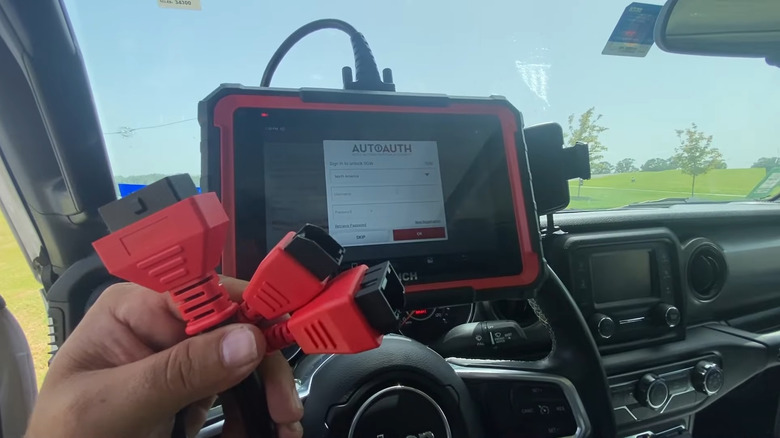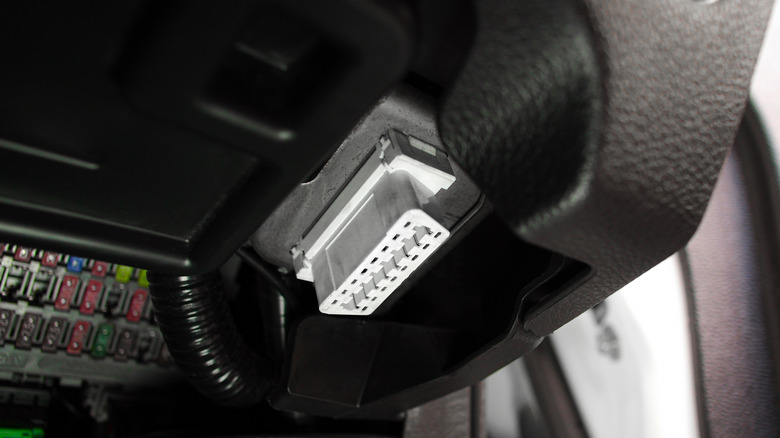What Is A Cummins Bypass Cable And How Does It Work?
For years, Ram heavy-duty trucks were among the easiest pickups to work on electronically. If you owned a pre-2018 model, plugging into the OBD-II port — that small connector under the dash found in every modern car — gave you wide-open access. You could clear a stubborn check engine light, recalibrate for larger tires, or even load a custom tune with EFILive. That simplicity, and the openness it allowed, is part of what made Cummins trucks a favorite for DIYers and small diesel shops.
That changed with the 2018 model year. Ram introduced the Secure Gateway Module (SGW), a system that turned the once-open OBD-II port into a half-locked door. Reading data like boost pressure, fuel range, or trouble codes still worked, but the SGW blocked any attempts to modify the system. FCA/Stellantis said the SGW was introduced for cybersecurity and emissions compliance, but many owners felt like they'd lost control over systems they used to access freely.
The answer the diesel community turned to is what's now called a Cummins bypass cable (also called an SGW bypass harness or a security bypass cable). The cable doesn't tune the truck by itself, though. Instead, it simply reroutes your diagnostic tool around the SGW and restores the same level of access that pre-2018 trucks had. Scan tools like AlfaOBD, EFILive, and JScan (usually paired with an OBDLink adapter) handle the actual diagnostics, tuning, and coding — from flashing CSP5 tunes and adjusting speedometer calibrations to enabling remote start or modifying mileage settings.
A simple cable returns full control on 2018+ Ram trucks
Officially, Stellantis wants you to go through AutoAuth, a cloud-based login system that temporarily unlocks the Secure Gateway for registered scan tools and apps. It does the job, but it's aimed at dealership-style service environments and may not support the tools that smaller mechanics and tuners prefer. The Cummins bypass cable exists as an offline, hardware-based workaround. The official route through AutoAuth also costs about $50 per year, and it only works with scan tools that support it, like those from Snap-on, Bosch, Autel, or ThinkCar, which have subscription costs of their own.
The bypass route, meanwhile, requires a one-time hardware purchase plus the cost of an OBD adapter (like the OBDLink MX+ or EX) and an Android device with whichever diagnostic app you plan to use — most run on Android or Windows. The cable plugs into the SGW's two connector sockets and relocates the OBD-II port to a more accessible spot under the dash. Installing the cable usually involves removing the factory OBD connector and mounting the new one in its place. SGW bypass cable vendors like Fish Tuning even note that the harness is meant to be "installed and left in the vehicle." That new port becomes your access point for diagnostics and coding.
With the bypass in place, Cummins owners report successfully disabling seatbelt chimes and check engine lights, reprogramming tire size, and changing TPMS thresholds. A bypass cable also allows adjusting DRL/headlight settings, and even programming replacement key fobs to open and close car windows. These are all functions that would otherwise be blocked without AutoAuth.

